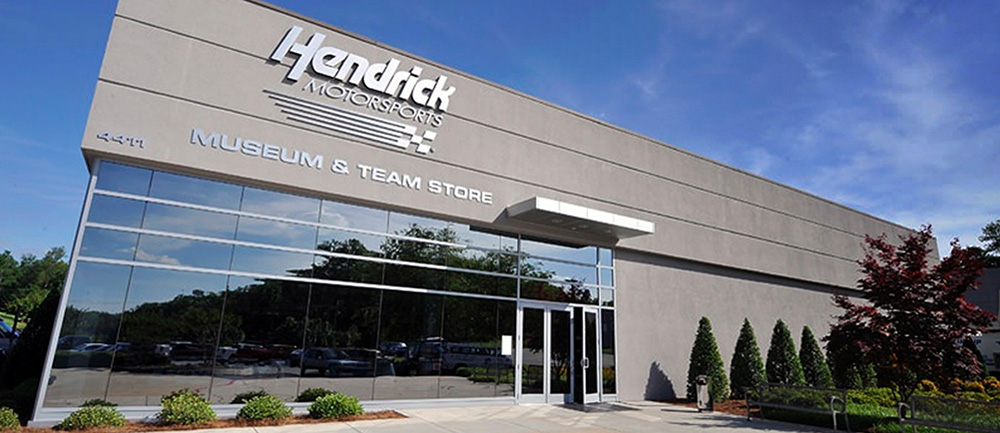CONCORD, N.C. – As the Hendrick Motorsports’ teams prepare to hit the track in Texas this week, the crews in the shop are breaking down cars from Martinsville.
This week we look at five steps the cars go through when they return from a race weekend.
1. Measurements: The cars are measured and inspected for anything the crew chiefs want to double-check. “Car measurements help tell us that any adjustments made during the race resulted in what they expected the car to end up being,” said Robert Deering, shop foreman for the Nos. 48 and 88 race shop. “If something didn’t act right during the race, checking measurements could help us see why.”
2. Documentation: After measurements are taken, the crew documents whether anything on the car has changed from race-day wear and tear. That information is useful for reassembling cars if there is another race at the same track later in the season.
“A good example would be Martinsville,” Deering explained. “We just raced there last week but don’t race there again until October. When we start refurbishing these race cars for the October race, the conversation is, ‘How did we do that in the spring?’ We simply look back at the post-race documentation.”
3. Disassembly: After measuring and documenting different changes, crews begin to disassemble the car. Car parts such as springs, shocks and even the suspension and chassis could be reused.
“What stays with the race car mostly are fabricated pieces made specifically for that car,” Deering said.
4. Inspection: Inspection and disassembly go hand-in-hand. As the crew disassembles the car parts that can be reused, they inspect for any damage. This step is crucial because it’s important not to place a damaged car part inside of a new car.
5. Wash: The last step is washing all the grease, oil and rubber off the body of the car. Biodegradable cleaners are used to help on waste waters. Catch basins are used to catch all grease and oil, preventing leaks into the shop.
“Once it’s washed, the car is ready to start refurbing for the next event,” Deering expressed. “Typically, the refurbishing process lasts from eight to 10 weeks.”








